Women's skin is especially sensitive to hormonal changes because estrogen, progesterone, and even testosterone play an important role in skin health and appearance. While hormonal balance during puberty, pregnancy, and periods may cause temporary skin problems such as increased oiliness or acne, the steady and progressive hormonal decline during perimenopause through post-menopause seem to cause women the most concern. Hormones like estrogen, progesterone and testosterone are produced in much lower levels in menopause, and this decline can begin as early as your thirties but is more likely to occur in the forties and fifties. Women typically experience a slow and steady decline in firmness, elasticity, brightness, and overall skin quality... and a lack or imbalance of hormones are a big contributing factor. Wrinkles and saggy skin creep in, and this affects many aspects of their lives: self-esteem, confidence, feeling of lost youth, and more.
Role of Hormones on Skin
The hormone that may have the most impact on skin health in menopause is estrogen, though progesterone and testosterone play a role too. But perhaps what is more important than any one, single hormone, however, is that these hormones must be balanced with each other in order for the skin to reap benefits, in ALL stages of life.
Here’s a quick overview of what role our hormones play on our skin (1):
Estrogen
- Increases collagen- which maintains skin thickness
- Maintains skin moisture
- Reduces wrinkles by effecting the quality of elastic fibers and collagen in the skin
- Decreases wound healing time
Testosterone:
- Plays a role in collagen and skin elasticity
- Increases secretions of sebaceous glands (oil producing cells on the skin)
- Excess testosterone relative to estrogen causes acne in women at midlife
Progesterone:
- Increases elasticity and firmness of the skin
- Maintains skin hydration
- When balanced with estrogen levels, it can help estrogen function more effectively
- Synthetic progestins can mimic androgens in the skin and cause or exacerbate acne
Our bodies naturally go through many changes and phases in our lifetime. Hormonal changes are normal, and a natural part of the process. In perimenopause and menopause, women begin seeing changes in their skin and start to notice fine lines, wrinkles, sagging skin, loss of elasticity, and dull looking skin. However, other factors that play a role in skin health, integrity, and appearance that should be considered in addition to hormonal influences, are:
- Genetics
- Diet, nutrition, and lifestyle factors
- Water intake
- Emotions and moods
- Smoking
- Excessive sun exposure
Frequently, women resort to applying estrogen or progesterone creams that may temporarily improve the look and appearance of their skin, but this approach comes with health risks. Often, doctors will also prescribe synthetic drugs or birth control pills to increase estrogen in a woman's body to help alleviate skin problems. However, research has revealed that these approaches may increase the risk of heart disease, stroke, blood clots, and breast cancer. Also, although topical hormones may have fewer risks than the pill form, it could result in the unwanted exposure of your loved ones (and even your pets) to these hormones (2).
What Can You Do?
I often work with women to help them learn how to balance their hormones naturally with a food-based approach that is in "sync" with their natural cycles. We develop a plan together that includes seed cycling, phytoestrogenic and phytoprogesterone foods, and herbs that help balance a woman's cycle. Even women who are in menopause and no longer have their periods have a "natural cycle" and still need to balance estrogen and progesterone. A food-based and herb approach encourages your body to naturally produce estrogen and progesterone, instead of artificially slapping it on the skin.
In addition to balancing hormones naturally, I also recommend that women (everyone, really) stop using commercial skin and personal care products to reduce their exposure to harmful chemicals and hormone disruptors. Instead, choose natural ingredients and adopt the Oil Cleansing Method that I outline in my free guide AGE PROOF: How to Create Younger Looking Skin. Nature really does provide the best ingredients for happy, healthy skin (and hormones). In fact, many women find that once they stop using so-called "skin care" products, their skin quality actually improves despite whatever miracle cream they were previously using!
Not to toot my own horn, but I often get told I look much younger than I am. My philosophy to correcting skin issues and improving the quality of women's skin can be achieved by using natural skincare ingredients, incorporating a healthy lifestyle, avoiding chemicals and hormone disruptors, keeping hydrated, and addressing proper hormone balance. And I do this everyday... so can you!

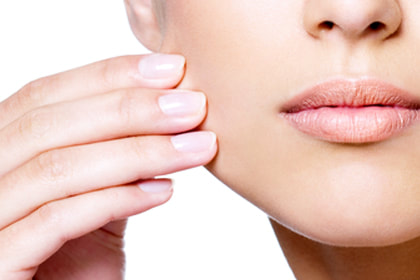
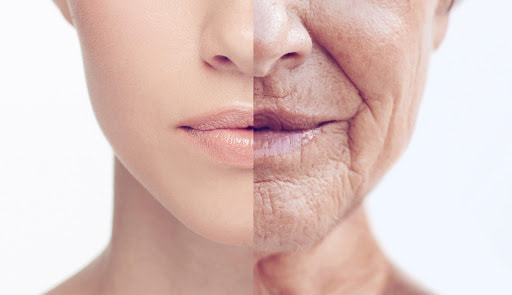
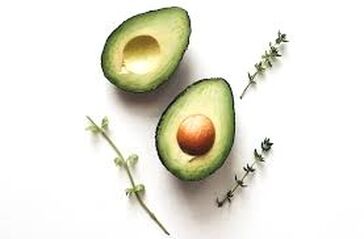
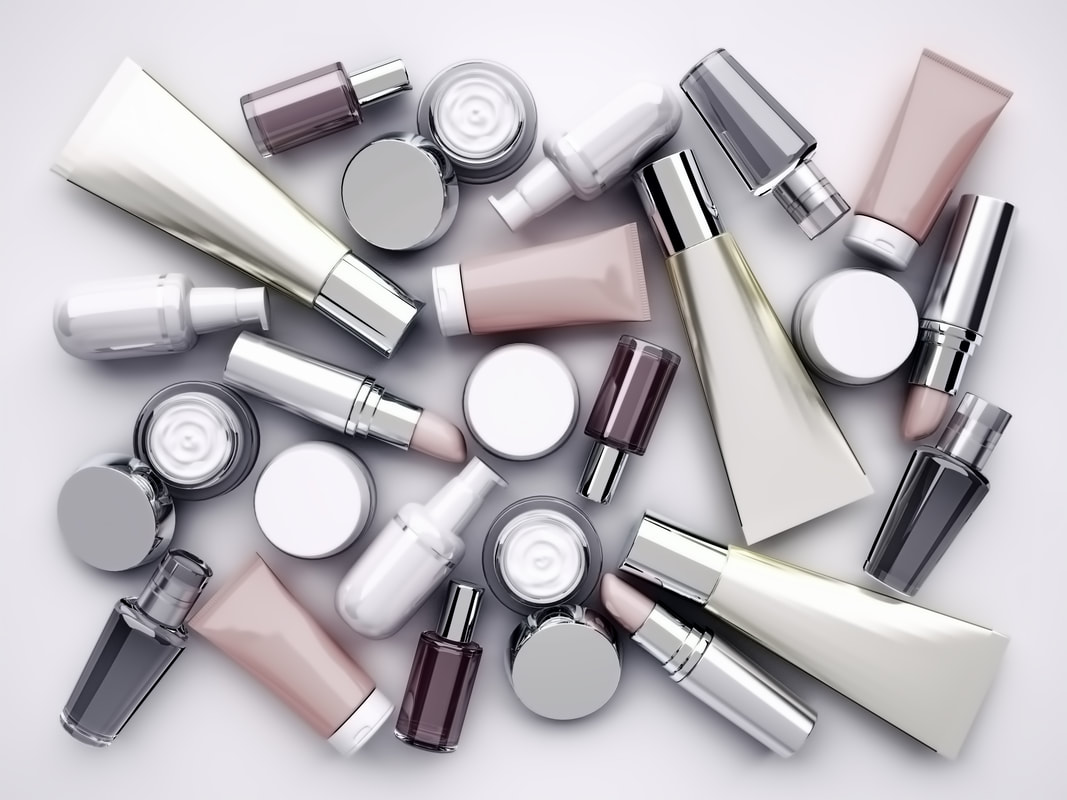

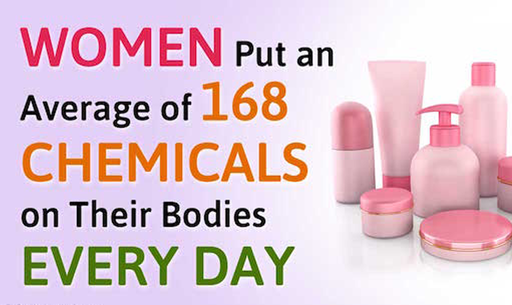
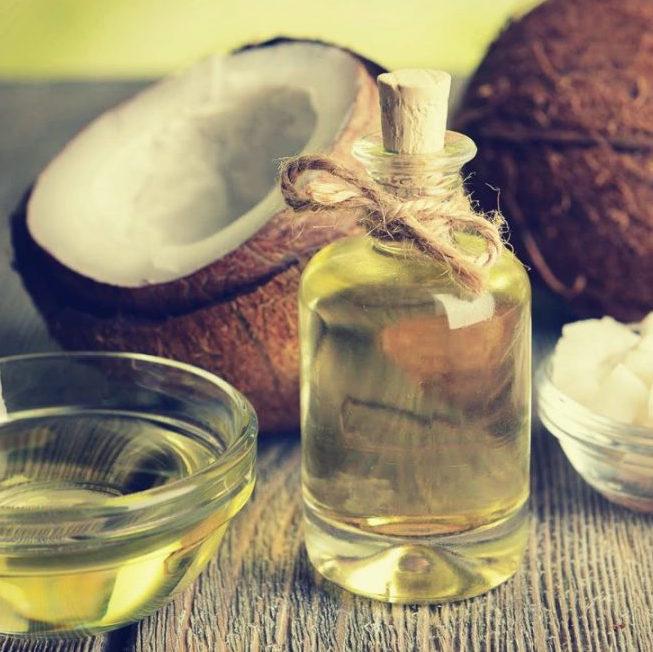
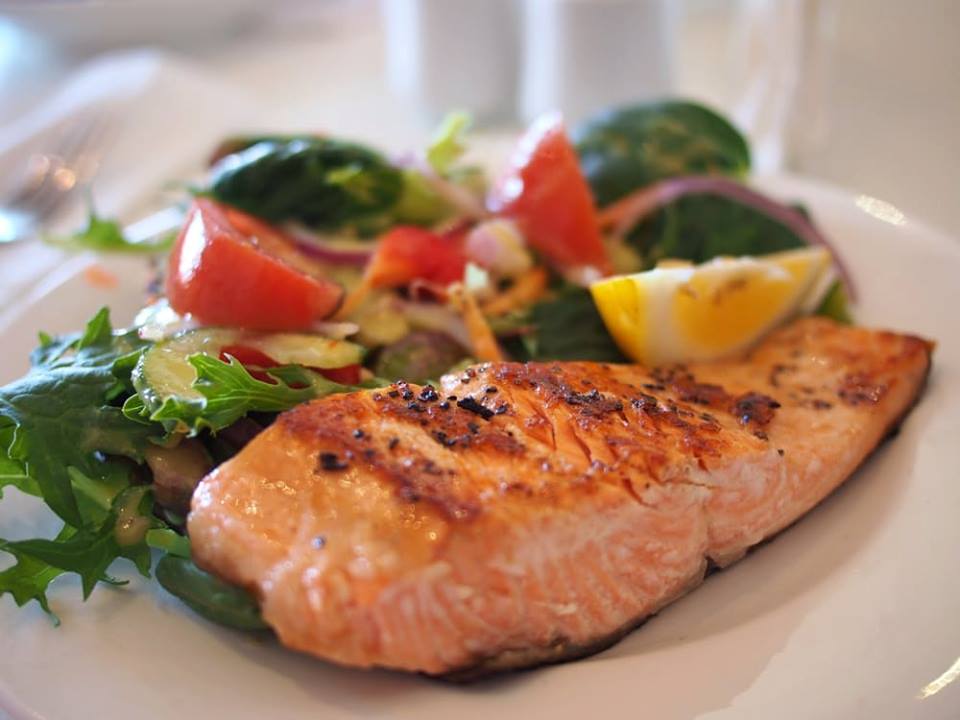
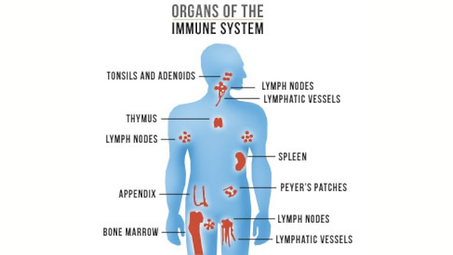
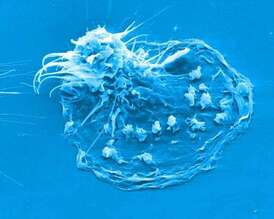
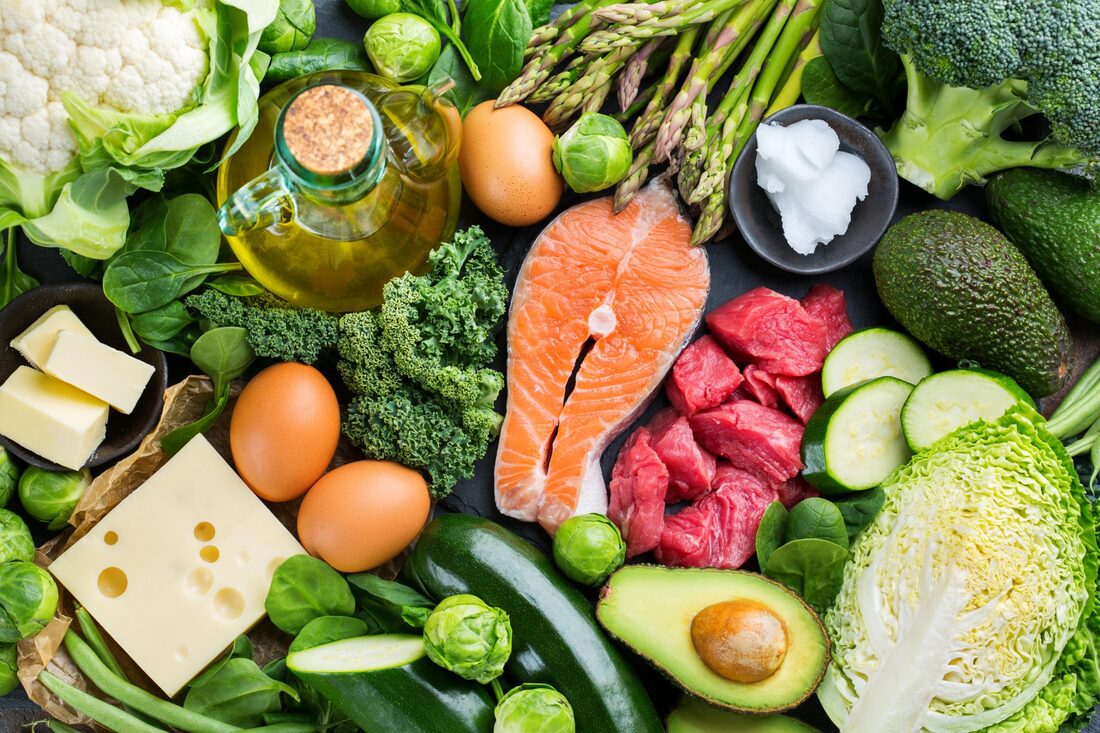
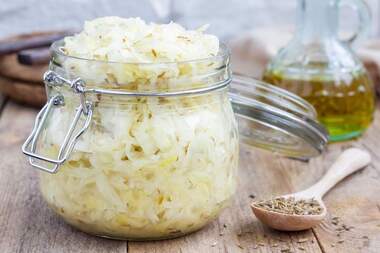

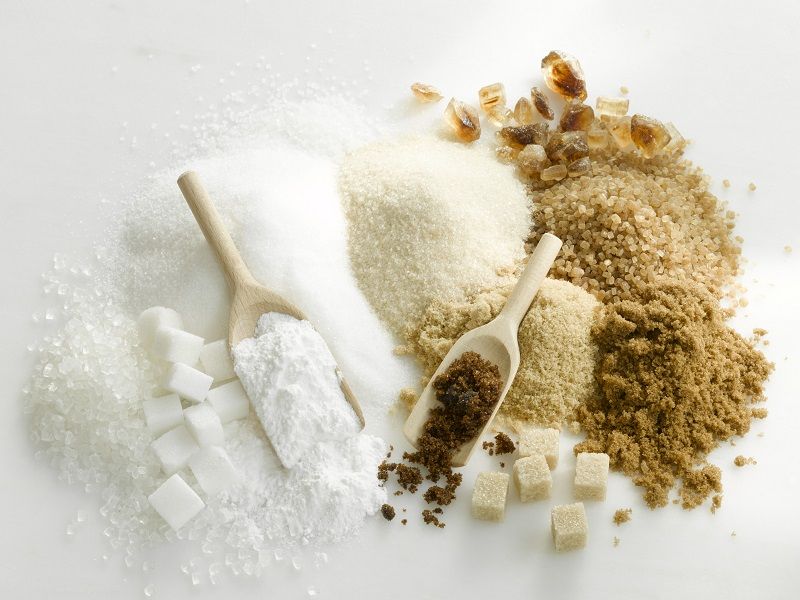
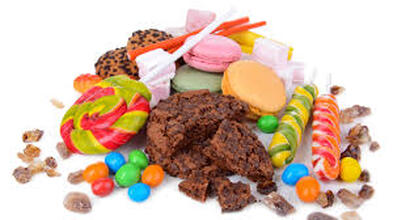
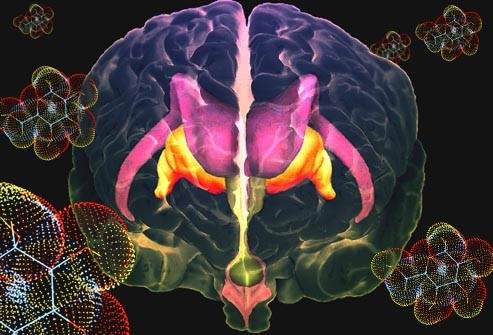

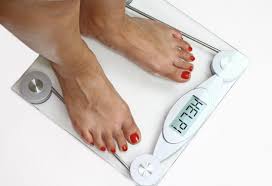
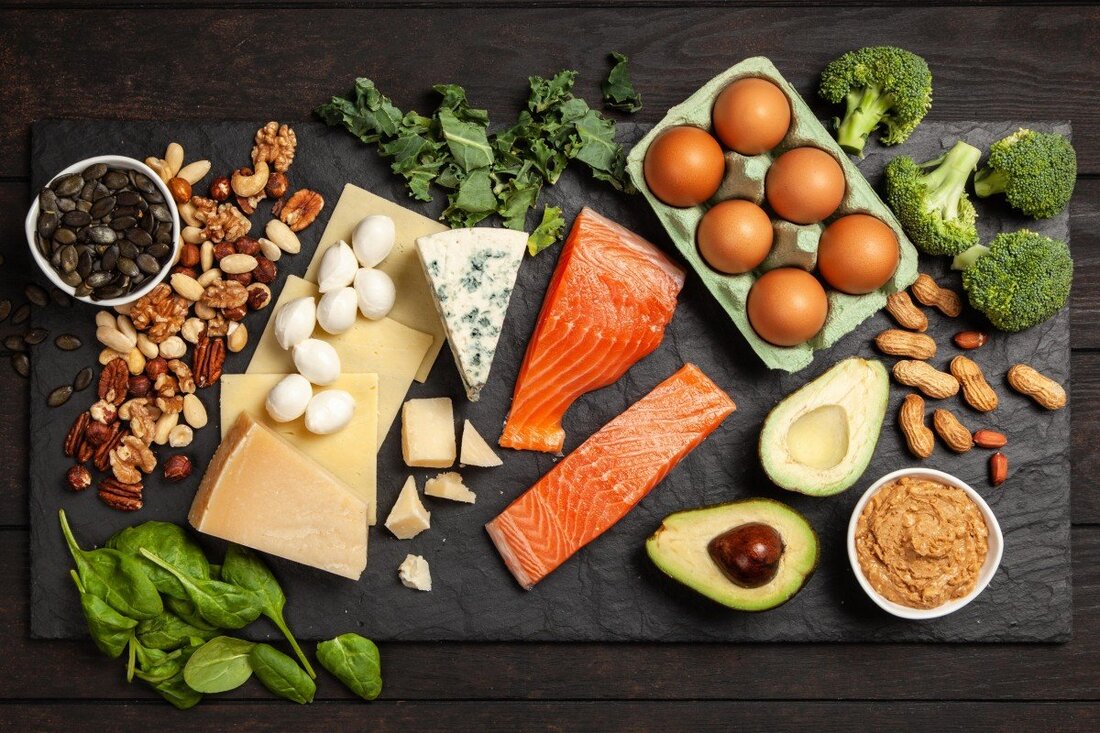
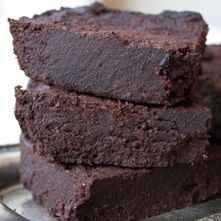


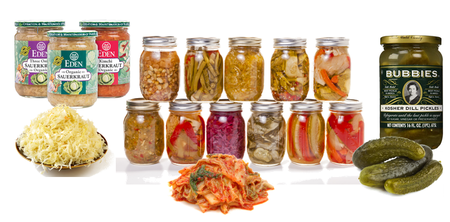
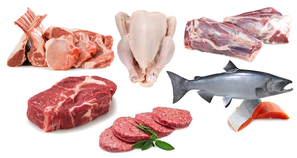
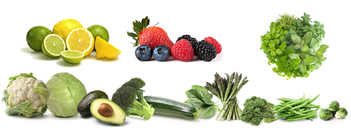

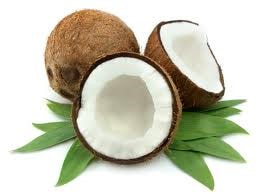

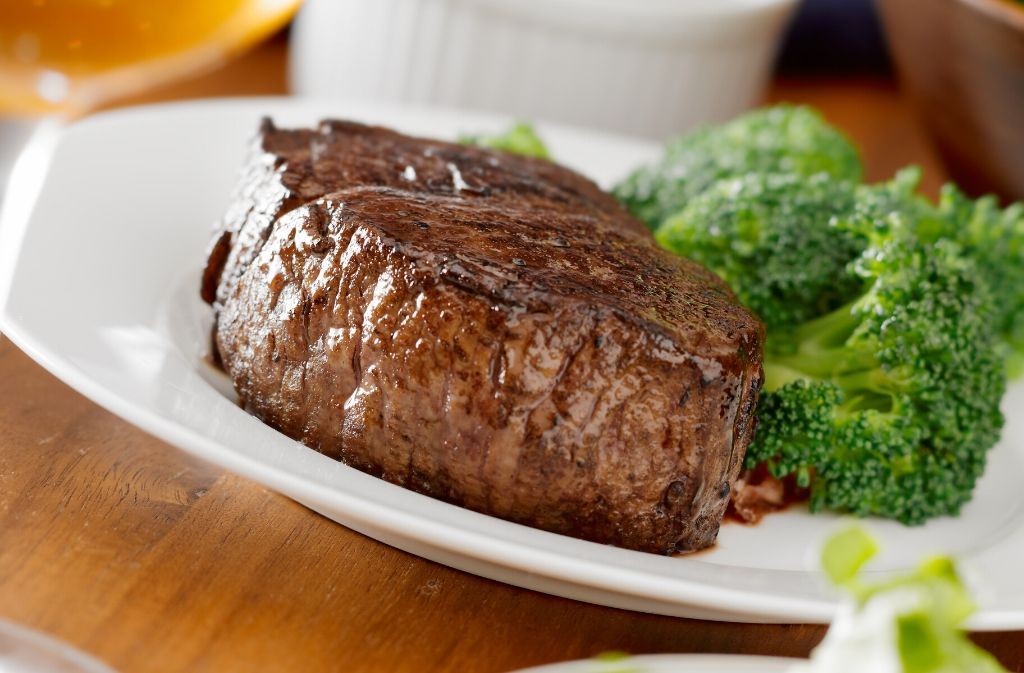

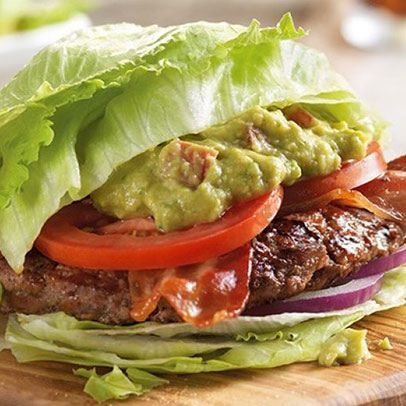
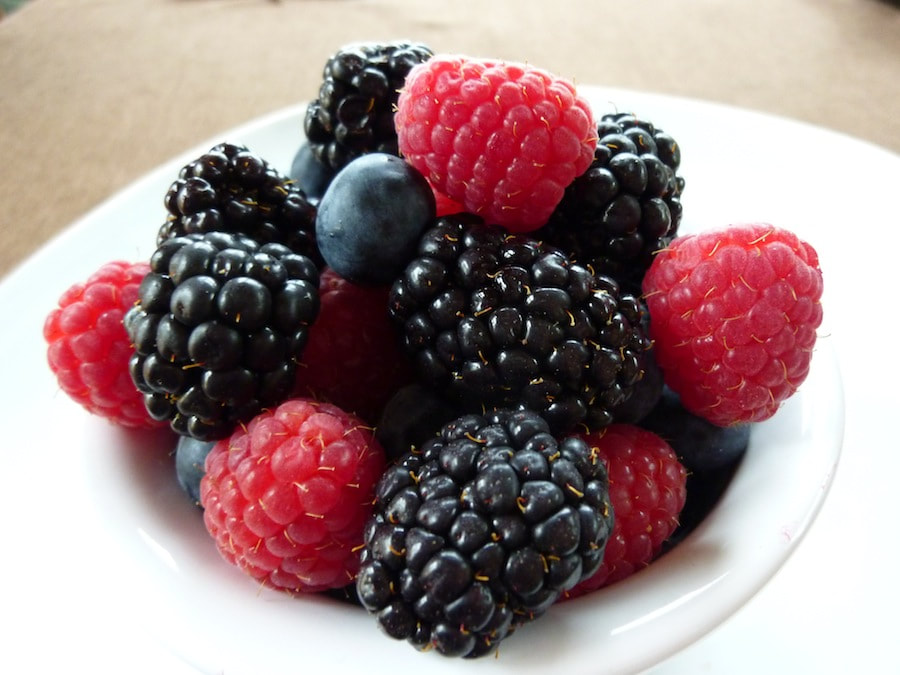
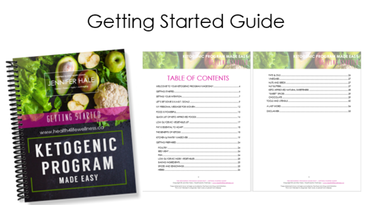
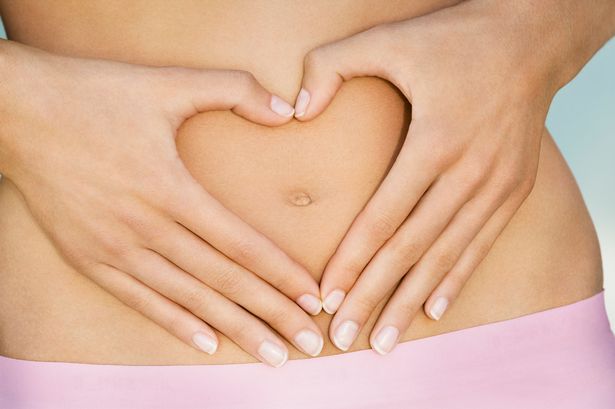
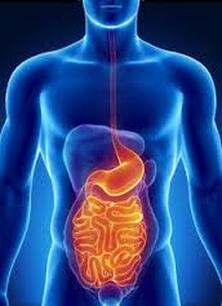
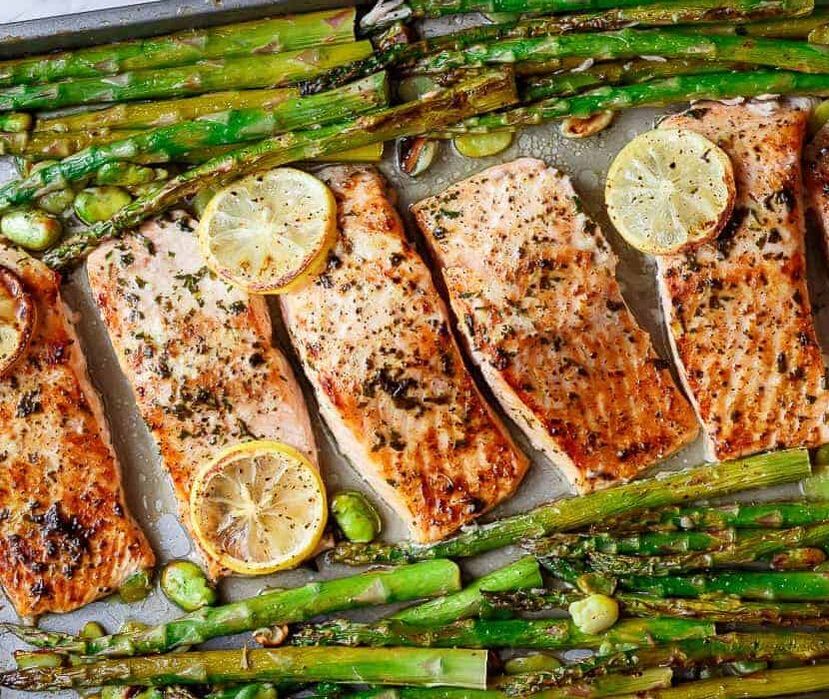
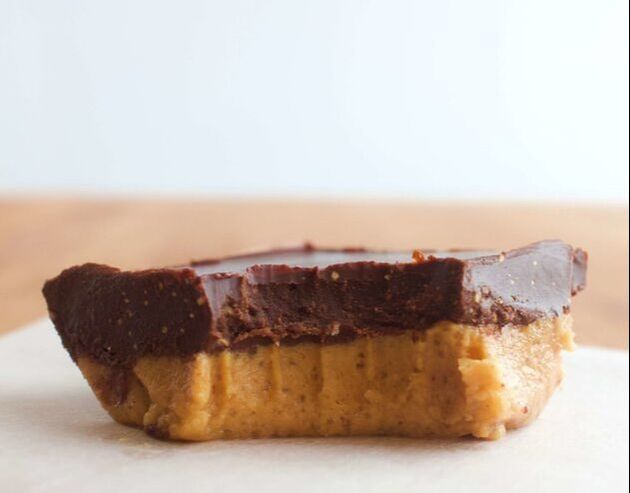

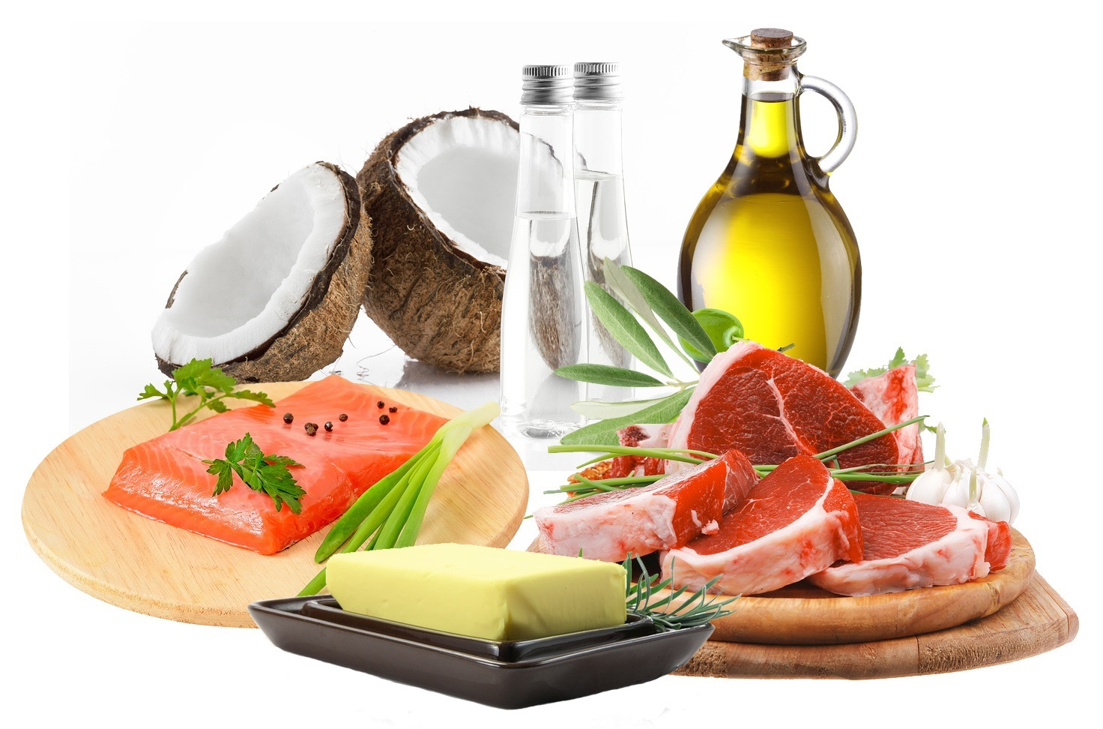

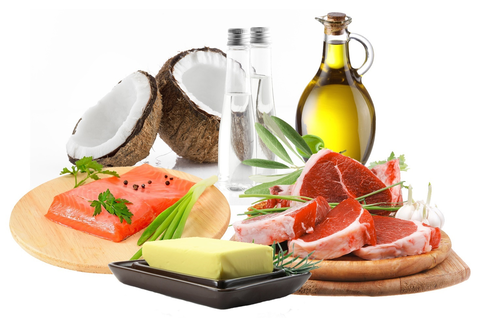
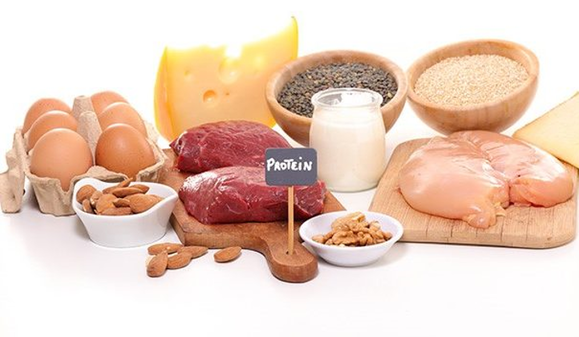
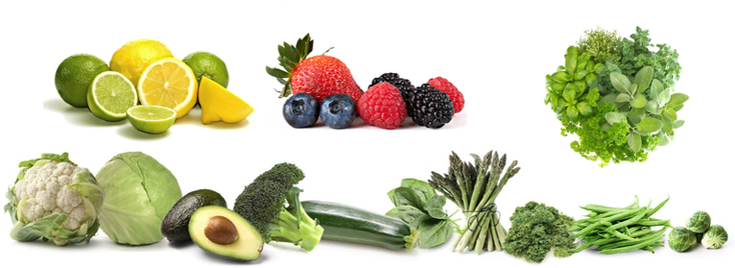
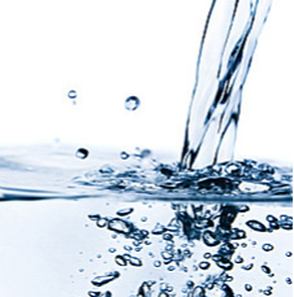
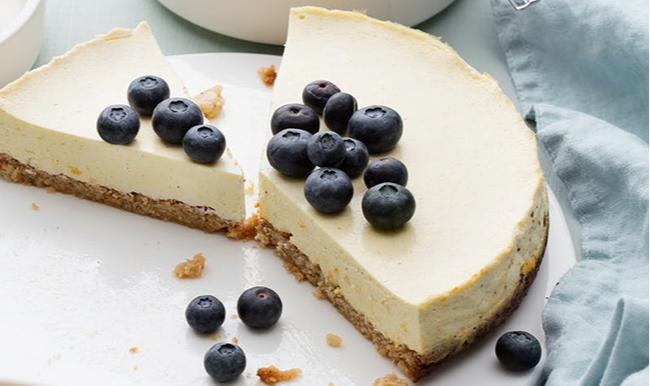
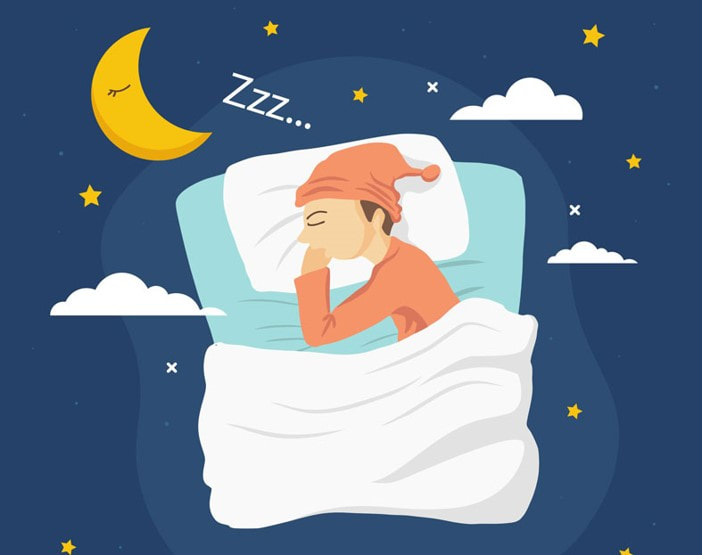



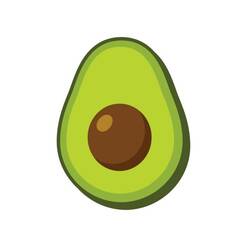
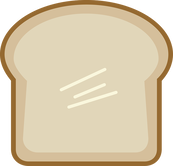

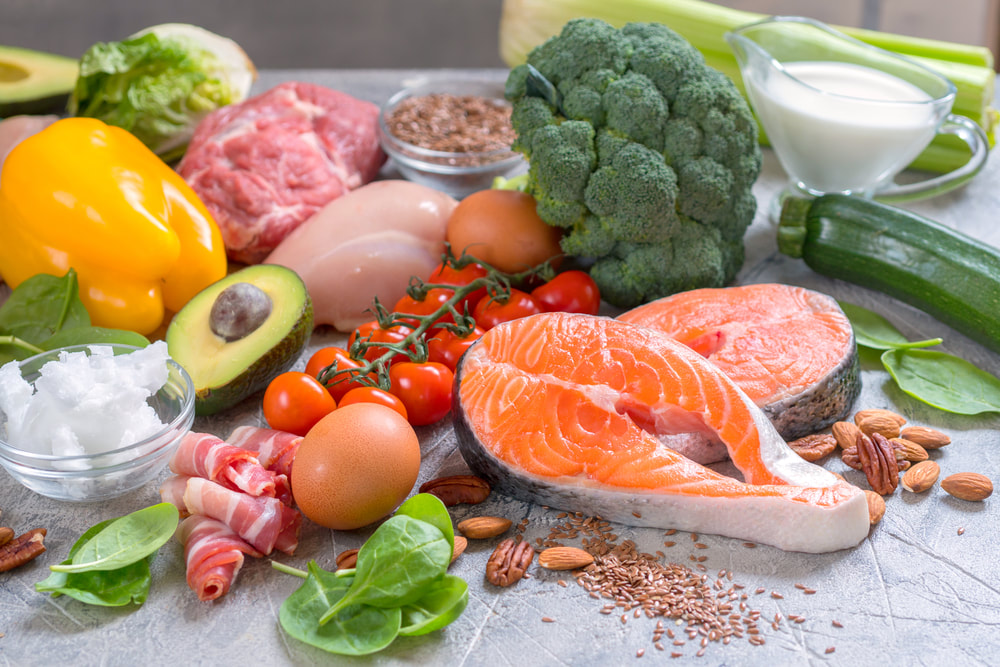



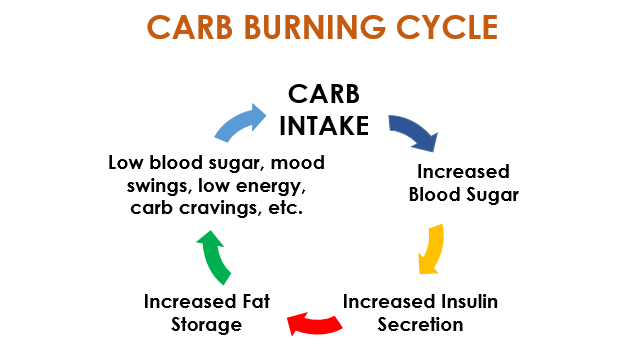
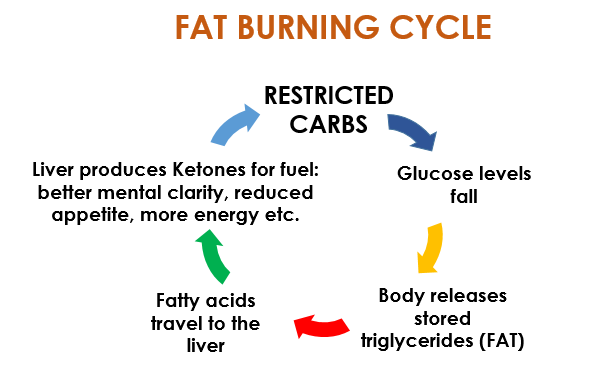
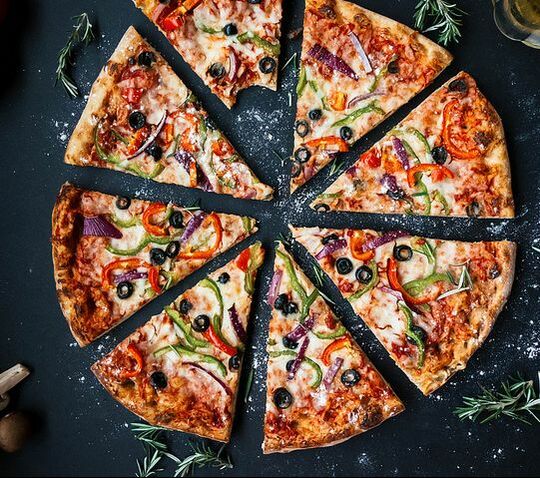
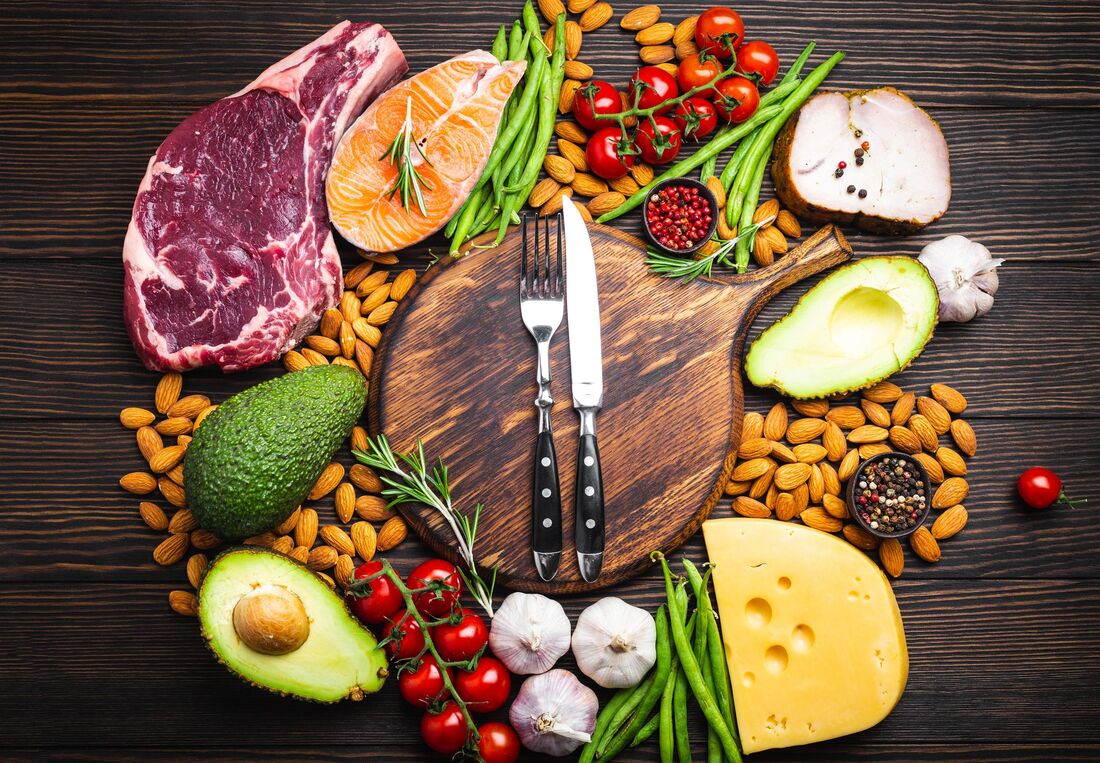
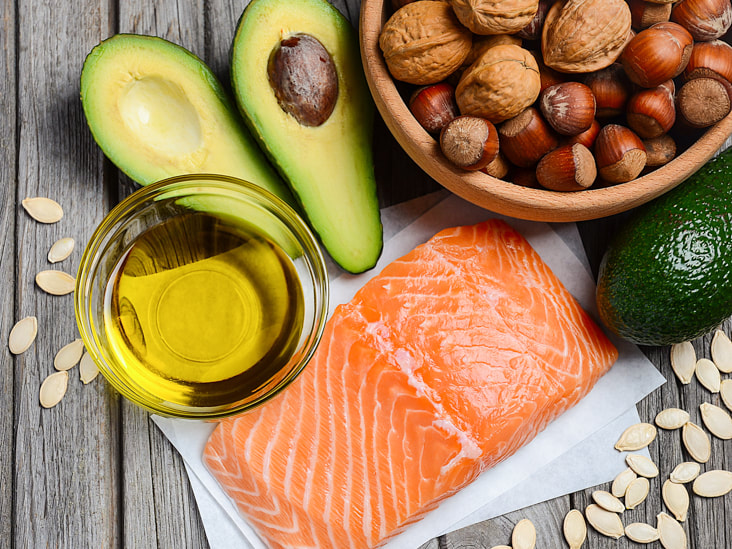

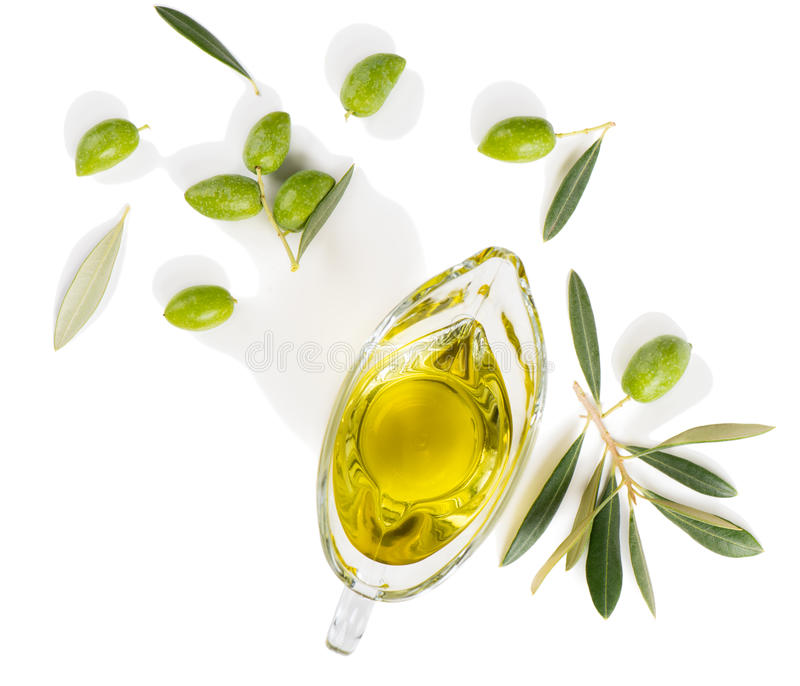
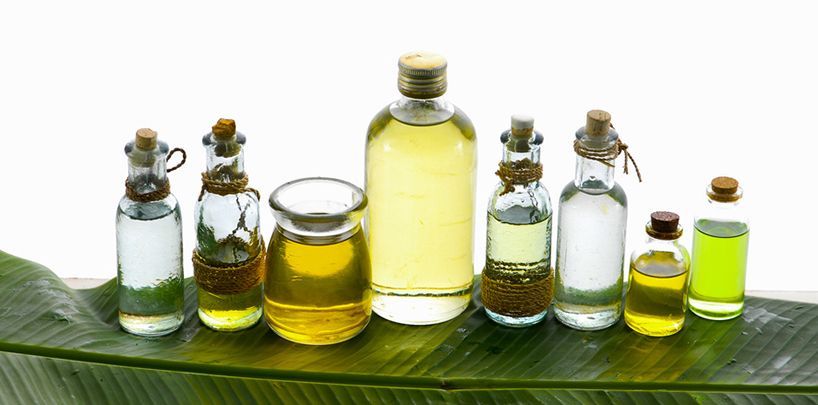
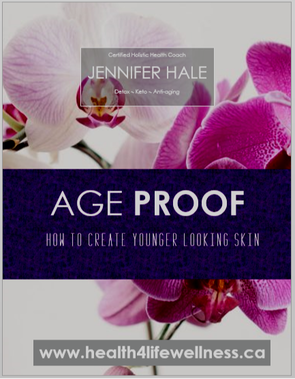
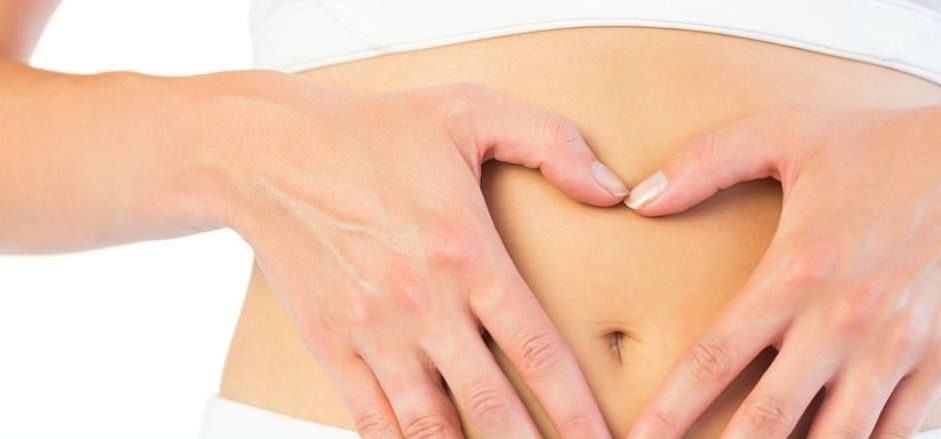
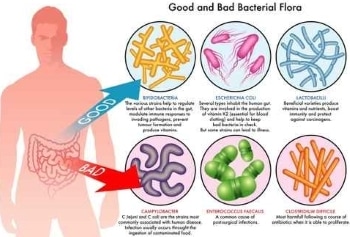
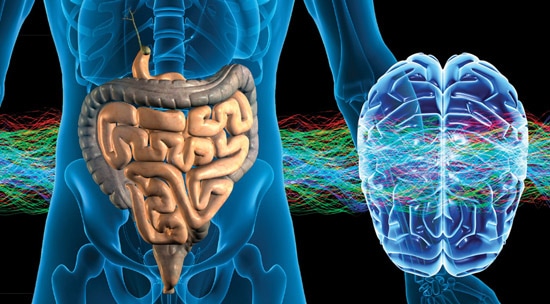

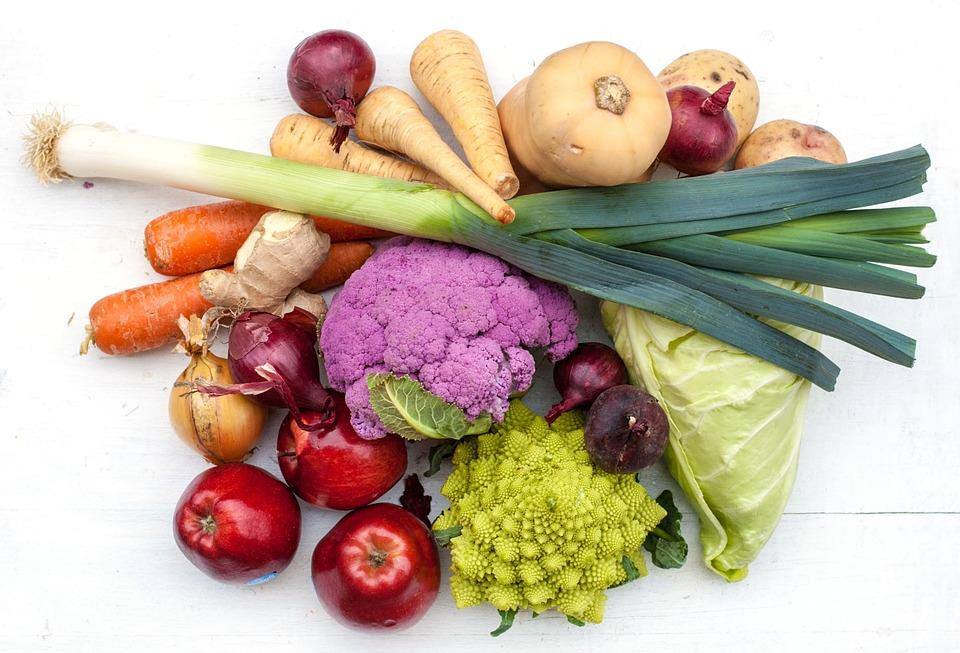







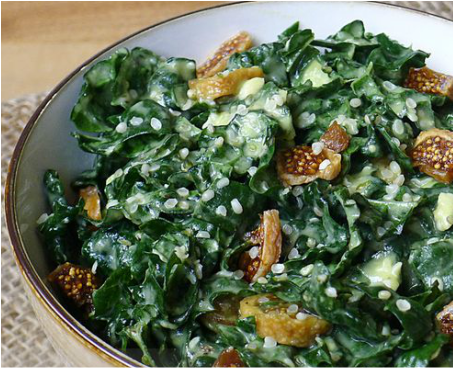
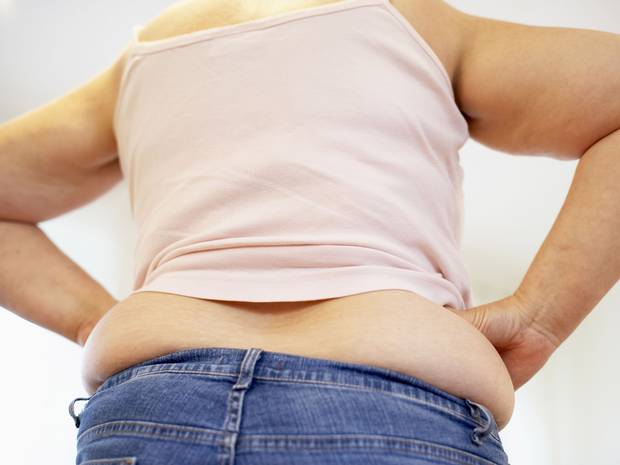

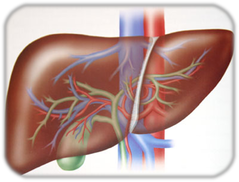
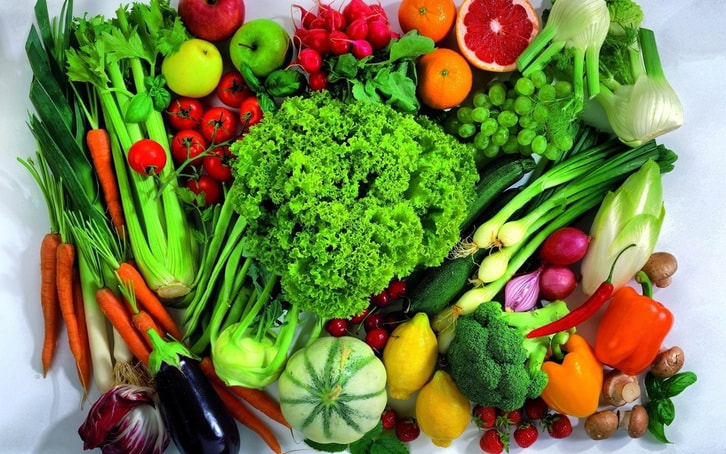
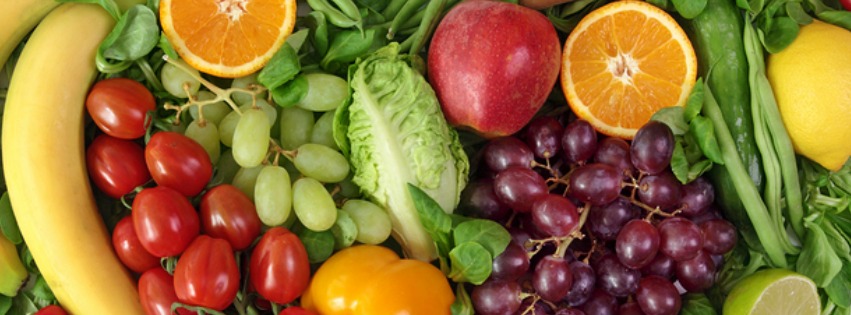
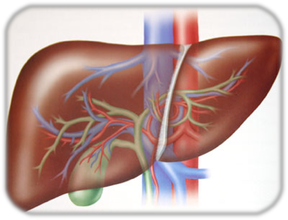

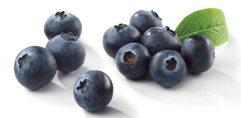


 RSS Feed
RSS Feed